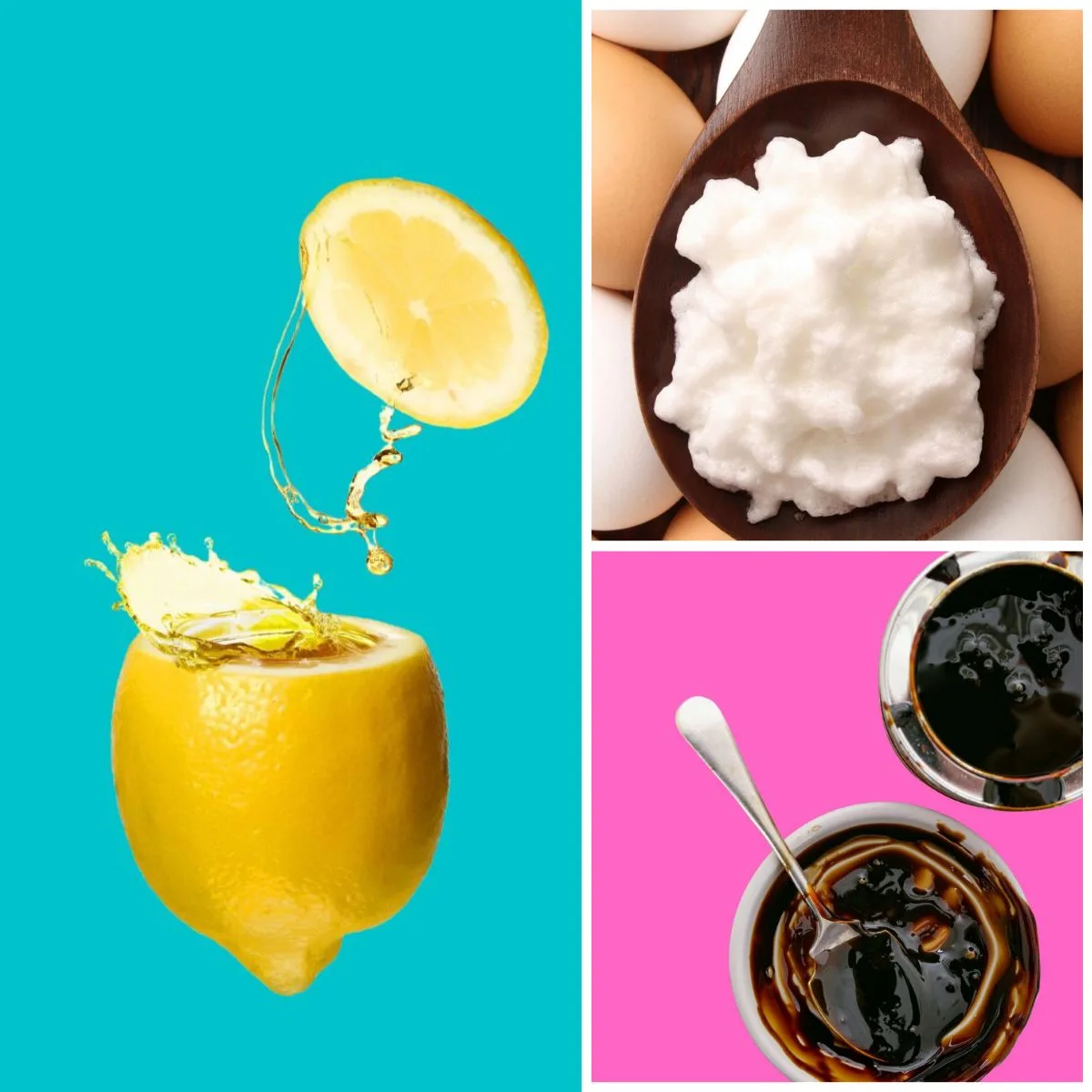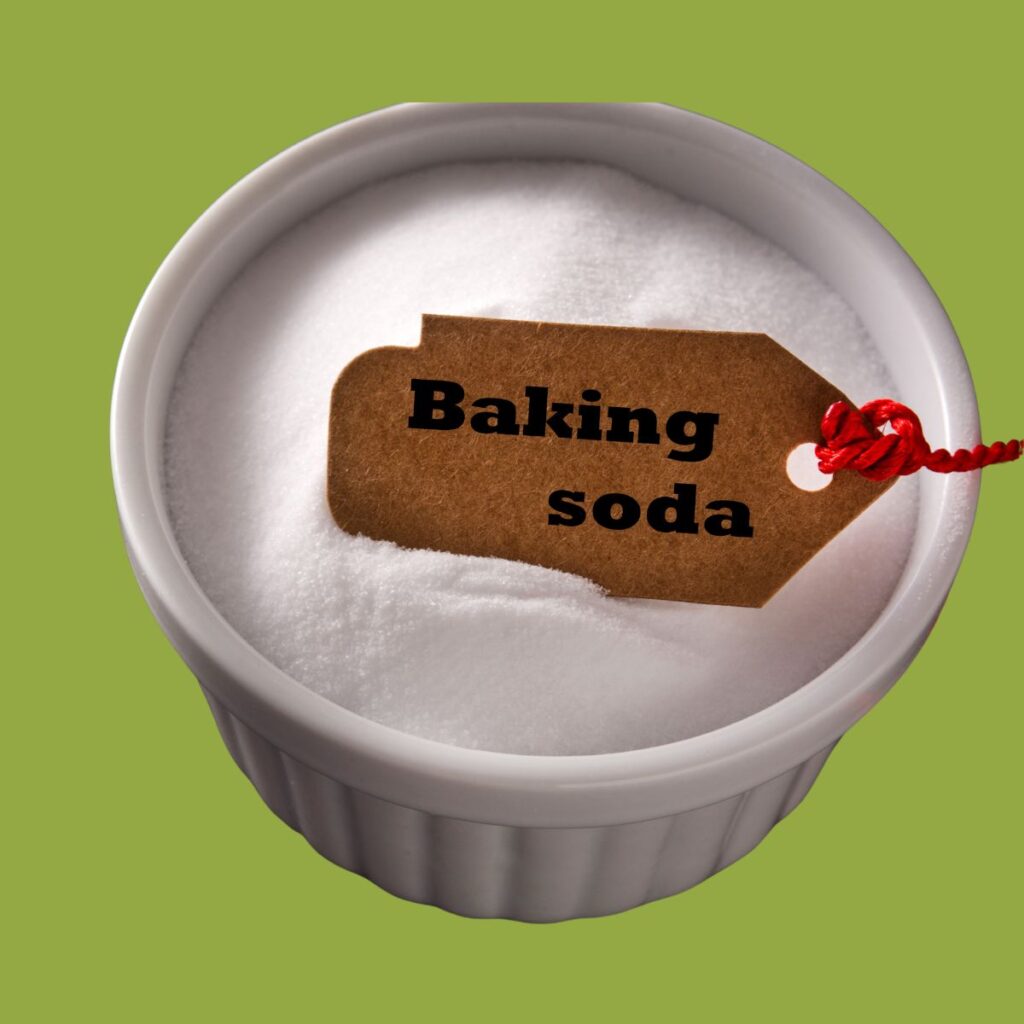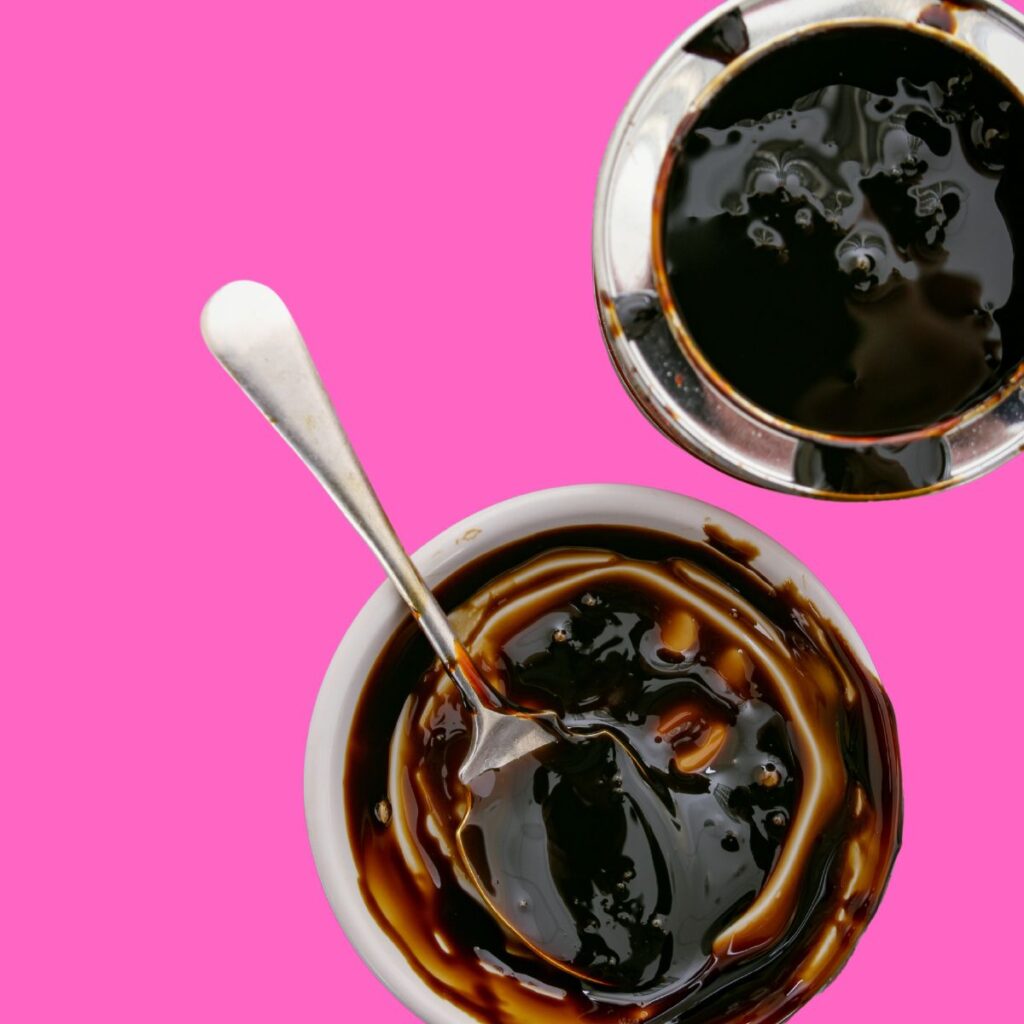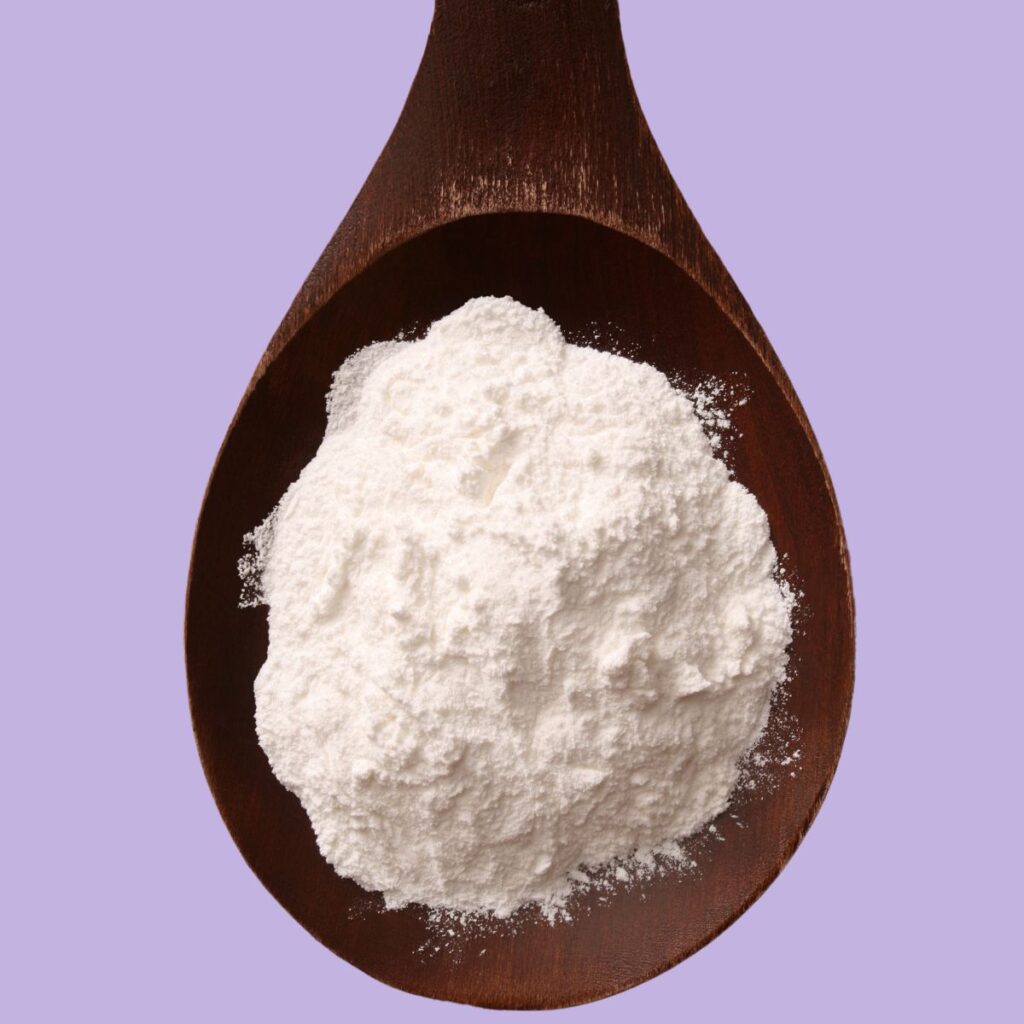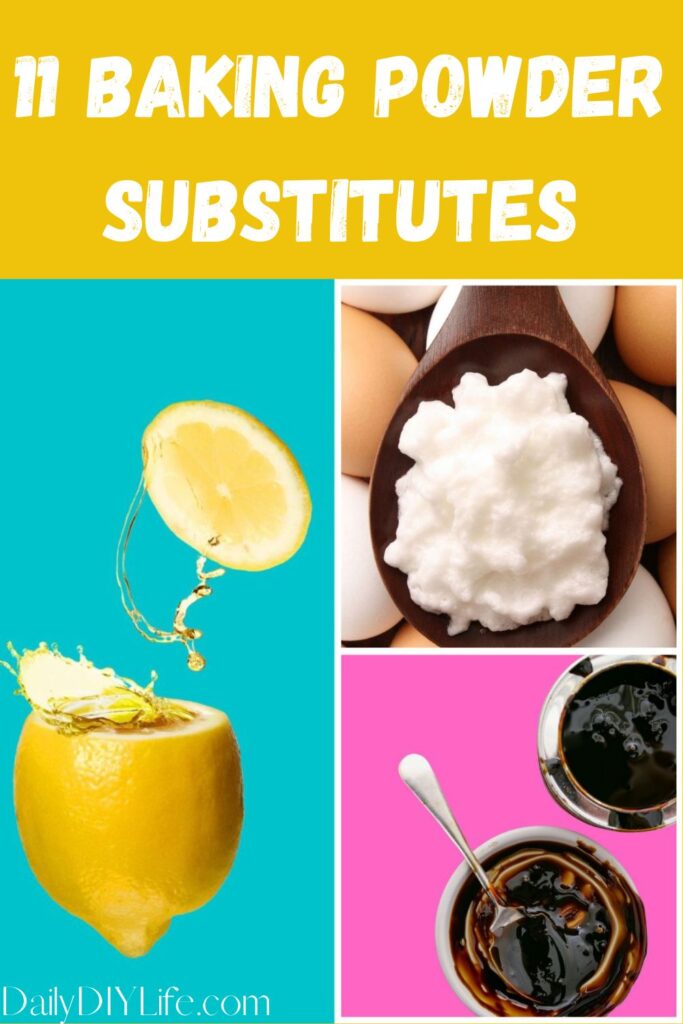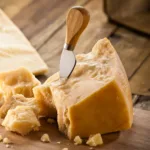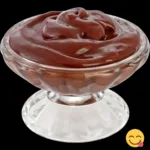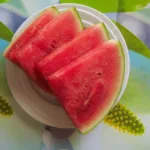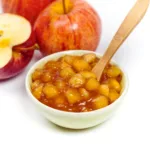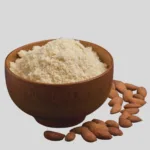This post will help you narrow down the best baking powder substitute for your recipe. Because finding an alternative shouldn’t take hours.
If you love making fluffy pastries, there should always be a box of baking powder or at least a good substitute on standby in your pantry.
For those of us unlucky enough to find a dusty, expired box of baking powder hiding on the back of the shelf, the latter option is our best bet in a pinch.
No Baking Powder? No Problem! Let’s cover the 11 best baking powder substitutes that you can make in no time using these common ingredients you already have in your kitchen. Whether you’re looking for a dry or wet ingredient, you’ll find the perfect substitute for baking powder below.
What is baking powder, and what does it do?
Baking powder is a leavening agent that helps baked goods rise by creating gas bubbles in the batter or dough when mixed with liquid ingredients. Interesting, huh? It typically contains a combination of an alkali (usually baking soda), an acid, and a starch to act as a filler.
Now that you have that handy knowledge under your belt, let’s dive into the best replacements for baking powder. (You probably already have a few in your kitchen!)
Baking Powder Versus Baking Soda
If you’re looking for a substitute for baking powder, please don’t reach for the baking soda. Most of us have probably made this mistake at least once before. But if you haven’t, I’m here to tell you not to try.
What They’re Made of
Baking Soda: It’s just one ingredient, sodium bicarbonate.
Baking Powder: A mix of baking soda, cream of tartar (which is an acid), and cornstarch.
How They Make Your Baked Goods Rise
Baking Soda: Adding something acidic like lemon juice or yogurt causes an immediate reaction, creating bubbles that make your cake or cookies rise.
Baking Powder: IIt’s an all-in-one package with acid that starts working immediately and produces a second boost of air when heated.
Not a Straight Swap
Baking soda is stronger than baking powder and requires an acid to work. You cannot substitute them equally. If you need to use baking soda instead of baking powder, add an acid like cream of tartar and use much less of it.
Best Baking Powder Substitute for Every Recipe
1. Buttermilk
Buttermilk is a form of fermented (sour) milk made from combining whole or low-fat milk with various bacterial cultures. The bacteria break down the sugars into lactic acid, which makes buttermilk a good acidic ingredient to combine with baking soda.
How to Use
For every 5 grams (1 teaspoon) of baking powder in your recipe, mix a ¼ teaspoon of baking soda with a ½ cup of buttermilk. Since the buttermilk represents extra liquid in your recipe, you should reduce the amount of other liquid ingredients by ½ cup.
2. Homemade Sour Milk
If you are fresh out of buttermilk, then your next best option is to make your own homemade sour milk mixture. This method introduces an acid to the milk, which acts as an activator of the leavening agent (the baking soda) in place of the missing lactic acid.
How to Use
Combine 1 cup of whole or low-fat milk and 1 tablespoon of either lemon juice, vinegar, or cream of tartar. Let this mixture rest for 10-15 minutes.
For every 5 grams (1 teaspoon) of baking powder in your recipe, mix a ¼ teaspoon of baking soda with a ½ cup of the sour milk mixture. Reduce the amount of other liquid ingredients in the recipe by ½ cup.
3. Plain (Non-Flavored) Yogurt
Plain yogurt is another good ingredient to combine with baking soda since yogurt has an acidic pH as a result of the fermentation process.
How to Use
For every 5 grams (1 teaspoon) of baking powder in your recipe, mix a ¼ teaspoon of baking soda with a ½ cup of plain yogurt. Reduce the amount of other liquids in the recipe by ½ cup.
4. Lemon Juice
This is a good baking soda activator since lemon juice contains high levels of citric acid. If your recipe can use a hint of lemon flavor, go right ahead and combine with baking soda as instructed below.
How to Use
For every 5 grams (1 teaspoon) of baking powder in your recipe, mix a ¼ teaspoon of baking soda with a ½ teaspoon of lemon juice.
5. Vinegar
If you don’t want to alter the taste or color of your baked goods, using white vinegar is your next best option. Apple cider vinegar will also do the job if your recipe only needs a small quantity of baking powder.
Vinegar contains acetic acid, which makes it one of the more ideal reactive agents when combined with baking soda.
How to Use
For every 5 grams (1 teaspoon) of baking powder in your recipe, mix a ¼ teaspoon of baking soda with a ½ teaspoon of vinegar.
6. Potassium Acid Tartrate (Cream of Tartar)
Cream of tartar is made from tartaric acid, which is a dry, white powder that is a by-product of winemaking. It is usually the main acidic ingredient in commercial baking powder formulas.
How to Use
For every 5 grams (1 teaspoon) of baking powder in your recipe, mix a ¼ teaspoon of baking soda with a ½ teaspoon of cream of tartar.
7. Molasses
The fermentation process used to transform cane sugar and beet sugar into molasses causes it to be slightly acidic. This makes molasses a good activator when combined with baking soda. It also makes it a good
Adding molasses to a recipe can change both the flavor and color of your pastries. It’s best to pair it with strong earthy flavors, such as caramel or ginger.
How to Use
For every 5 grams (1 teaspoon) of baking powder in your recipe, mix a ¼ teaspoon of baking soda with a ¼ cup of molasses. Since molasses is slightly sweet, you may need to cut down on other sugary ingredients. Be sure to also cut down the other liquids in the recipe by ¼ cup.
8. Self-Rising Flour
Self-rising flour is essentially just flour with added salt and baking powder. If you’re making flour-based baked goods, such as cakes, breads, cookies etc., then you are in luck if you have this sitting around in your pantry.
How to Use
Simply swap the all-purpose flour with self-rising flour in your recipe. As a general rule, each cup of self-rising flour contains around 1½ teaspoons of baking soda and a ¼ teaspoon of salt. Reduce any added salt and baking soda in your recipe accordingly.
9. Egg Whites
Whipping egg whites produces small air pockets that add volume and fluffiness to recipes such as meringues, soufflés, and pancakes.
How to Use
The amount of whipped egg whites varies with each recipe, but 1 whipped egg white per teaspoon of baking powder is generally a good measure.
Beat the egg whites until stiff peaks form, and then gently incorporate the whipped egg whites into your batter.
10. Club Soda
Club soda is carbonated water mixed with other mineral salts, including sodium bicarbonate, added for taste. The carbon dioxide in the club soda is the element that gives your batter or dough an extra lift, which improves the texture of your baked goods.
How to Use
Club soda is best used as a replacement for water in a recipe (e.g. for cupcakes, cakes, and pancakes). However, to retain the carbonation you must be sure to incorporate it by stirring as gently as possible.
11. Ammonium Bicarbonate (Baker’s Ammonia)
Baker’s Ammonia is actually the predecessor of baking powder. It is a traditional leavening ingredient that is still used today when making old-fashioned cookie and cracker recipes.
How to Use
Use a ¼ teaspoon of baker’s ammonia for every teaspoon of baking powder required for your recipe.
Substitute for Baking Powder FAQs
Can I use baking soda as a direct substitute for baking powder?
No, baking soda cannot be used as a substitute for baking powder. Baking soda is an alkali and requires an acidic ingredient to react with it to create the necessary gas bubbles. If your recipe doesn’t contain an acidic ingredient, you’ll need to add one when using baking soda as a substitute.
What is the best baking powder substitute?
The best substitute for baking powder is a combination of baking soda and an acidic ingredient, such as cream of tartar or lemon juice.
To make: Use a ratio is 1/4 teaspoon of baking soda mixed with 1/2 teaspoon of cream of tartar or 1 teaspoon of lemon juice for every 1 teaspoon of baking powder.
Can I use self-rising flour as a baking powder substitute?
Yes, self-rising flour can be used as a substitute for baking powder, as it already contains a leavening agent (baking powder) and salt. To substitute, replace your recipe’s all-purpose flour and baking powder with an equal amount of self-rising flour.
Note: You may need to adjust the salt content in your recipe. So add your salt last and taste!
How can I make my own baking powder?
It’s easier to make your own baking powder than you might think. To make your baking powder, combine 2 parts cream of tartar, 1 part baking soda, and 1 part cornstarch (or another starch like arrowroot or potato starch). Mix well and store in an airtight container. Use this mixture in a 1:1 ratio as a substitute for store-bought baking powder.
Are there any differences in texture or taste when using a baking powder substitute?
Using a substitute for baking powder can sometimes result in slightly different textures or flavors in your final baked product, depending on which baking powder replacement you’re using.
In short, if you use the recommended ratios we’ve provided above, the differences shouldn’t really impact the overall result.
How do I store homemade baking powder?
Store your homemade baking powder in an airtight container in a cool, dry place away from direct sunlight. You might be tempted to make and save one large batch, but it’s better to make smaller batches over time. The leavening power may decrease over time. So be aware of this when making your homemade substitute for baking powder.
Is there a difference between single-acting and double-acting baking powder?
Yes, there is definitely a difference between single-action baking powder and double-acting baking powder. single-acting baking powder reacts immediately when mixed with liquid ingredients. Double-acting baking powder, on the other hand, reacts in two stages: first when mixed with liquid and then when exposed to heat during baking.
Most commercial baking powders are double-acting, which provides more leeway in the baking process. Homemade baking powder substitutes tend to act like single-acting baking powder, so it’s important to bake your goods immediately after mixing the ingredients.
Put A Baking Powder Substitute to the Test
Now that you have these 11 baking powder substitutes in your arsenal, try out this delicious Fluffy American Pancake recipe.
Try substituting the plain flour, baking powder, and salt with self-rising flour. Or, try swapping out the milk and baking powder with buttercream and baking soda.
Cake and Cookie Recipes With Baking Powder
Blueberry Buckle
Cinnamon Coffee Cake Muffins
Neiman Marcus Chocolate Chip Cookies
S’mores Cupcakes
Pumpkin Cheesecake Muffins
Chocolate Mocha Cupcakes with Kahlua Cream Cheese Frosting
Candy Apple Sugar Cookies
Bread and Biscuit Recipes With Baking Powder
Irish Soda Bread
Red Lobster Copycat Cheddar Biscuits
Zucchini Bread
Banana Bread Muffins
Perfect Pumpkin Bread
Tell us which baking powder substitute is your go-to during a pinch! Also, don’t forget to share your favorite recipes using your new techniques!
Have questions or suggestions about any of the above baking soda substitutes? Leave them in the comments below.

